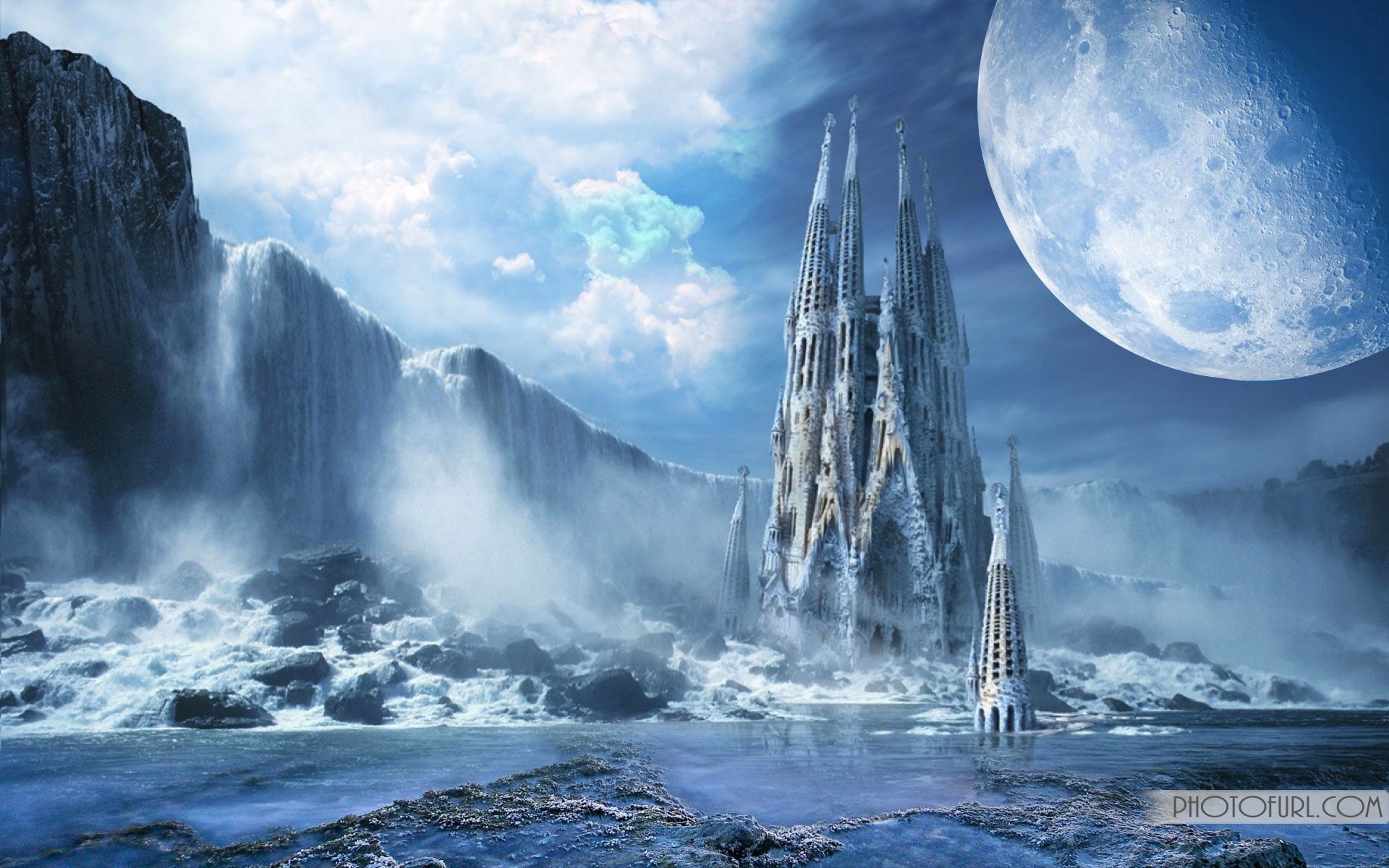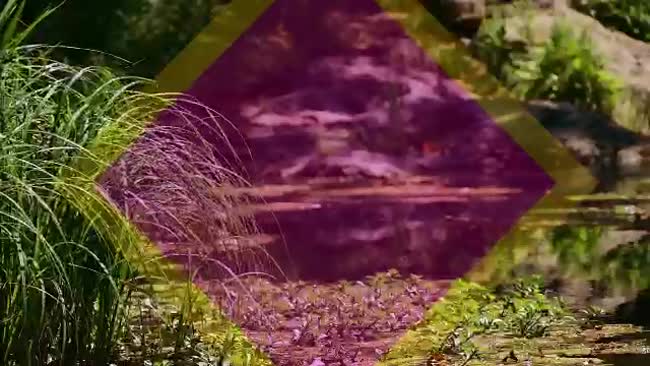

adding decorations or embellishments to make the sculptures unique, and so on.ensuring that it stands solidly without falling (salt sprinkled between cubes helps to ensure good connections), and.stacking the cubes in the pre-designed configuration,.Allow groups 15 to 25 minutes to construct their ice sculptures. Remind groups that sculptures can contain no more than six ice cubes. Distribute the bowls of ice cubes and cardboard lids or trays lined with construction paper. (Every group member must contribute something to the model.)Īllow time for groups to create their ice sculptures. How they will decorate the sculpture to make it different from everyone else's.(Discuss how salt might work to make a solid hold.) How they will hold the ice cubes together.Whether they will create an abstract sculpture, a tower, or a recognizable figure.Allow a few minutes for groups to discuss their designs.

Separate students into groups of three to four students in each group. (NOTE: If you wish to make a more polished video, Lapse It also provides tools for trimming your video and adding music however, this isn’t necessary for the experiment.) (NOTE: The video will be most helpful if played back in regular time.) Do you think we should play it back in regular time or speed up the playback? Why? At the end of our video capture time, we have to use the app to set the number of frames per second in our playback.Ask: For what length of time should we run our photo capture? Or: How long do you think it will take the ice sculptures to melt-if not completely, then enough to show which group wins? (Allow any suggestions, but gauge this for yourself based on your test of the activity.).(Use the time you determined in your test run to guide this discussion.) Ask: How often do you think we should capture an image, so that some amount of melting occurs since the last picture, but not too much? Consider how small the ice sculptures are and how warm the room is.Then we will play the pictures back at a much faster rate to create a video of them melting at an increased speed.




 0 kommentar(er)
0 kommentar(er)
